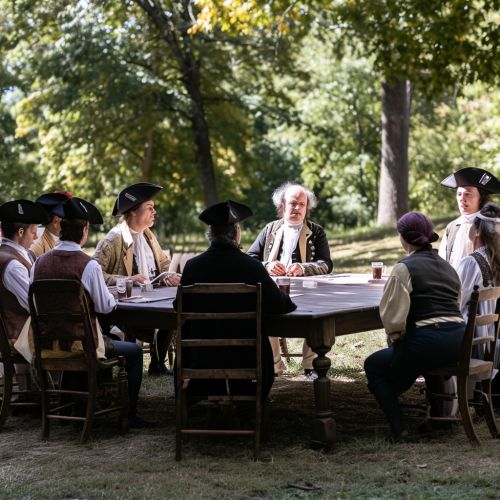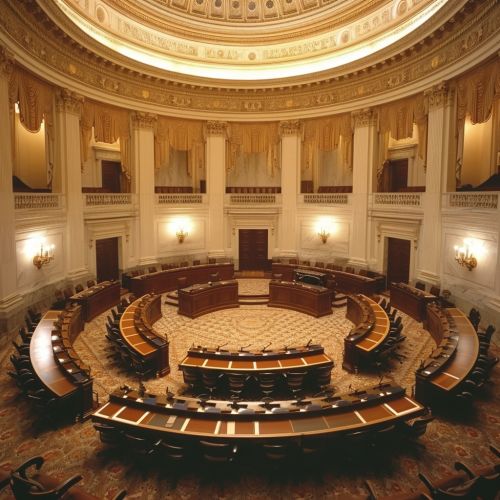Great Compromise
Origins of the Great Compromise
The Constitutional Convention of 1787, held in Philadelphia, was a gathering of delegates from twelve of the thirteen original states. The purpose of this convention was to address the problems of the weak central government that existed under the Articles of Confederation. The biggest challenge facing the delegates was how to create a government that balanced the interests of large and small states.


The Virginia Plan and the New Jersey Plan
Two plans were put forward during the convention to structure the new government: the Virginia Plan and the New Jersey Plan. The Virginia Plan, proposed by James Madison, suggested that representation in the new national legislature should be based on the population of each state. This plan was favored by the larger, more populous states as it would give them greater influence in the national government.
On the other hand, the New Jersey Plan, proposed by William Paterson, suggested that each state should have equal representation in the national legislature, regardless of its population. This plan was favored by the smaller states, who feared that population-based representation would lead to domination by the larger states.
The Great Compromise
With the convention at an impasse, Roger Sherman and Oliver Ellsworth of Connecticut proposed a compromise. This proposal, known as the Connecticut Compromise or the Great Compromise, suggested that the national legislature be bicameral, with one house having representation based on population (the House of Representatives), and the other having equal representation for all states (the Senate).


Impact of the Great Compromise
The Great Compromise was a pivotal moment in the Constitutional Convention. It resolved the deadlock between the large and small states, and set the stage for the final drafting of the U.S. Constitution. The bicameral structure of the legislature it established remains in place to this day.
Criticisms and Controversies
While the Great Compromise was crucial in the creation of the U.S. Constitution, it has not been without its critics. Some have argued that it gives too much power to smaller states, allowing them to block legislation favored by the population of larger states. Others have criticized the compromise for its role in perpetuating slavery, as it included a provision that slaves would be counted as three-fifths of a person for the purpose of determining representation in the House of Representatives.
